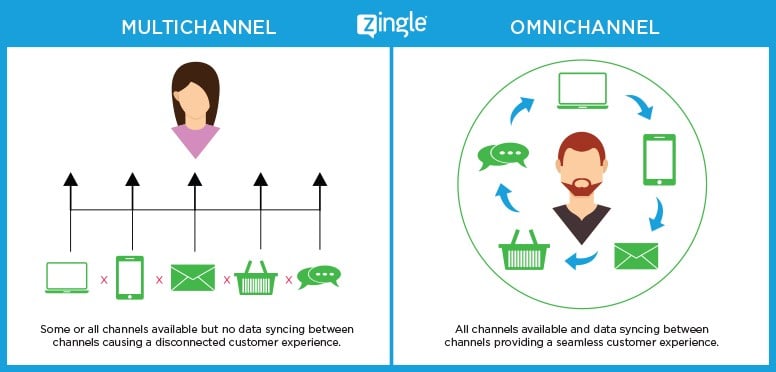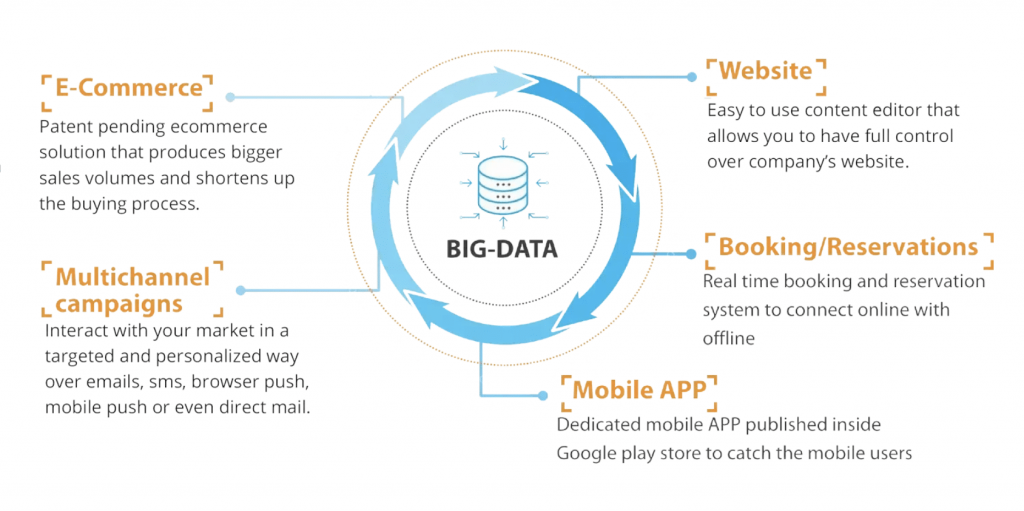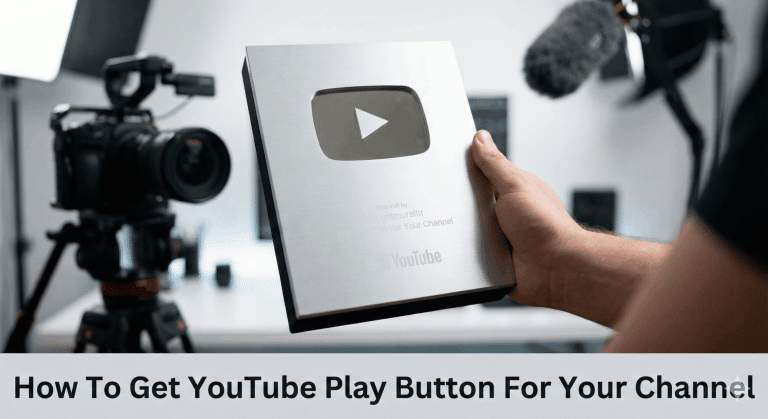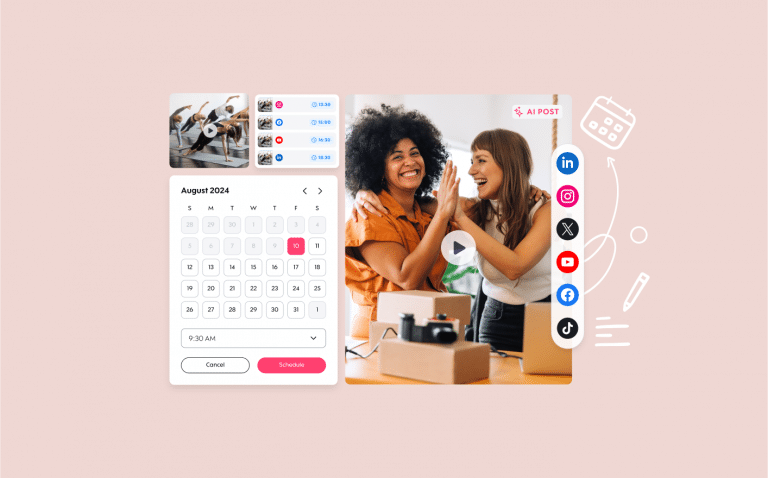
Small Business Guide to Omnichannel Marketing
Technology is blurring the line between physical retail marketing and online marketing. As a business owner or marketer, you need to adjust to this new reality.
The manners in which consumers purchase products and services are changing in terms of speed, platforms, and customer service expectations.
If your business does not adapt with the right tools and strategies, your marketing — and therefore your entire business — will suffer, losing market share to competitors who are on the cutting edge.
The new way forward involves focusing on how your customers want to be marketed to and the devices they use.
In this article, we will cover the basics of what omnichannel marketing is, how it benefits companies, and how to apply it effectively to your business.
That way, your business can keep up with technology and globalization to create a marketing plan that grows your revenue.
Without further ado, let’s jump in!
What Is Omnichannel Marketing?
Omnichannel marketing is a strategy that involves approaching each channel as a part of a cohesive, more extensive system.
It involves live chat, email, social media, in-store marketing, and more.
The primary objective of omnichannel marketing is to create a seamless experience for your end consumer across the various channels in a profitable way.
The Key Difference Between Multichannel and Omnichannel Marketing
There is a common misconception that omnichannel and multichannel marketing are identical. As such, many marketing buzzwords and tips have been misleading business owners.
While they are similar, there are some important differences between the two strategies.
 source: Medium
source: Medium
Multichannel marketing is when companies use multiple channels that are both indirect and direct to communicate with customers. It puts the brand as the centerpiece of the marketing.
With multichannel, each channel is like its own silo. However, omnichannel marketing involves using all the channels available to a company to meet customers’ wants and needs.
It involves putting customers first and doing research to create a seamless, unified experience.
How Small Businesses Benefit from Omnichannel Marketing
Omnichannel marketing presents many exciting benefits for companies today.
It is more effective than focusing only on one or a few channels.
In addition, it has multiple advantages over multichannel marketing, which does not take the larger picture into account.
Here are some of the key ways you can benefit from omnichannel marketing:
- Better Organization – When each channel is simply seen as its own stand-alone platform, it is harder to create policies for each one. When you have a cohesive strategy, you can simplify your marketing operations to save time and money.
- Better Data Integration – Your data analysis will have a hard time converting data points from various platforms to create charts and actionable analytics for key stakeholders. Omnichannel allows you to view the data from a higher perspective.
- Seamless Marketing Experience – Each customer will arrive at your business from a different place. You want to ensure that their experience is as similar as possible no matter what channel, so that you can stabilize their experience through omnichannel.
Now that we have covered what omnichannel marketing is, how it differs from multichannel marketing, and how it can benefit your business, let’s talk about the proper steps to establish your omnichannel strategy.
Understand Each Channel’s Marketing Language
Each channel that you use, whether it is Twitter, Facebook, Google, or in-store retail, has its own set of best practices.
People use different platforms to engage with your brand in unique ways.
Your marketing should reflect that by being customized to each channel to truly achieve a powerful omnichannel effect.
For instance, shorter form promotions may be more appropriate for a Twitter audience used to a smaller character count.
On the other hand, an email newsletter gives you the opportunity to create a story-based marketing campaign that keeps users coming back to check their inbox again and again.
Embrace a Customer-First Approach
Your customers should always come first in any business. After all, they are the lifeblood of your continued growth and revenue numbers.
However, far too many businesses lose sight of this important aspect when forming their omnichannel strategy. So here are few things to keep in mind:
- Customer Research – Conduct as much research on your target market as possible. Visit popular industry forums, research your keywords, and survey your customers.
- UX (User Experience) – Ensure that your marketing funnel is aimed toward a great user experience. This is especially true for your website, which should be mobile responsive to meet the needs of users and their various devices.
- Customer Service – Customer service is at the heart of doing business in today’s day and age. It creates repeat business and earns you referrals from loyal customers.
Focus on the needs of your customers, deliver what they want, and the results are sure to come.
Video Marketing
While email and social marketing are very powerful ways to communicate with your customers, you shouldn’t disregard the power of video marketing.
It is the next best thing to being physically in front of a customer.
You can create interactive webinars, stand-alone VSLs (Video Sales Letters), and product demonstrations through video.
Video has been shown to be more effective than mere text or images when persuading customers to engage with your brand and make purchases.
Embracing Data
A core principle of omnichannel marketing is making sure that you collect data along the way.
With so many channels in use, you will have a treasure trove of information to work with. In order to make the most of it, you need the right data approach.
First, you need a solid plan to collect the data in the first place.
With so many emerging technologies aimed at connecting businesses and customers in new and more effective ways, this is easier than ever.
 source: DG1
source: DG1
Secondly, you should frequently consolidate your data so that you can compare your progress across various platforms.
By doing this, you can gain greater crucial insights, allowing you to connect your business goals with your customer journey to better serve their needs.
Using real information instead of blind guesses will put you miles ahead of the competition.
Test and Repeat
All of the marketing channels and all of the data in the world won’t help you if you don’t take the time to review it.
You need to look at historical performance across various channels to see which campaigns are the most effective at generating a profit.
Break your data down into various categories and stages along your funnel.
For instance, your upfront paid advertising should be differentiated from your landing page data and your backend follow-up data.
This way, you can isolate the strategies that are driving traffic and conversions versus those that need to be switched out to avoid wasted budget allocation.
Conclusion
The old method of “push” marketing is now outdated.
Instead, a new reality of marketing involves leveraging your online and offline marketing efforts to serve the customer’s needs while meeting your business objectives.
However, this balancing act is easier said than done.
In order to embrace the new reality of marketing, you need to adopt an omnichannel approach.
This involves using all channels available to you to create a powerful, persuasive, and consistent marketing voice and sales funnel.
If you don’t, you risk falling behind in your target market.
Therefore, review the points above carefully.
Ensure that your company has clear goals around your marketing campaigns. Use the channels properly to increase awareness, engagement, and ultimately conversions for a healthier business in this new age.



